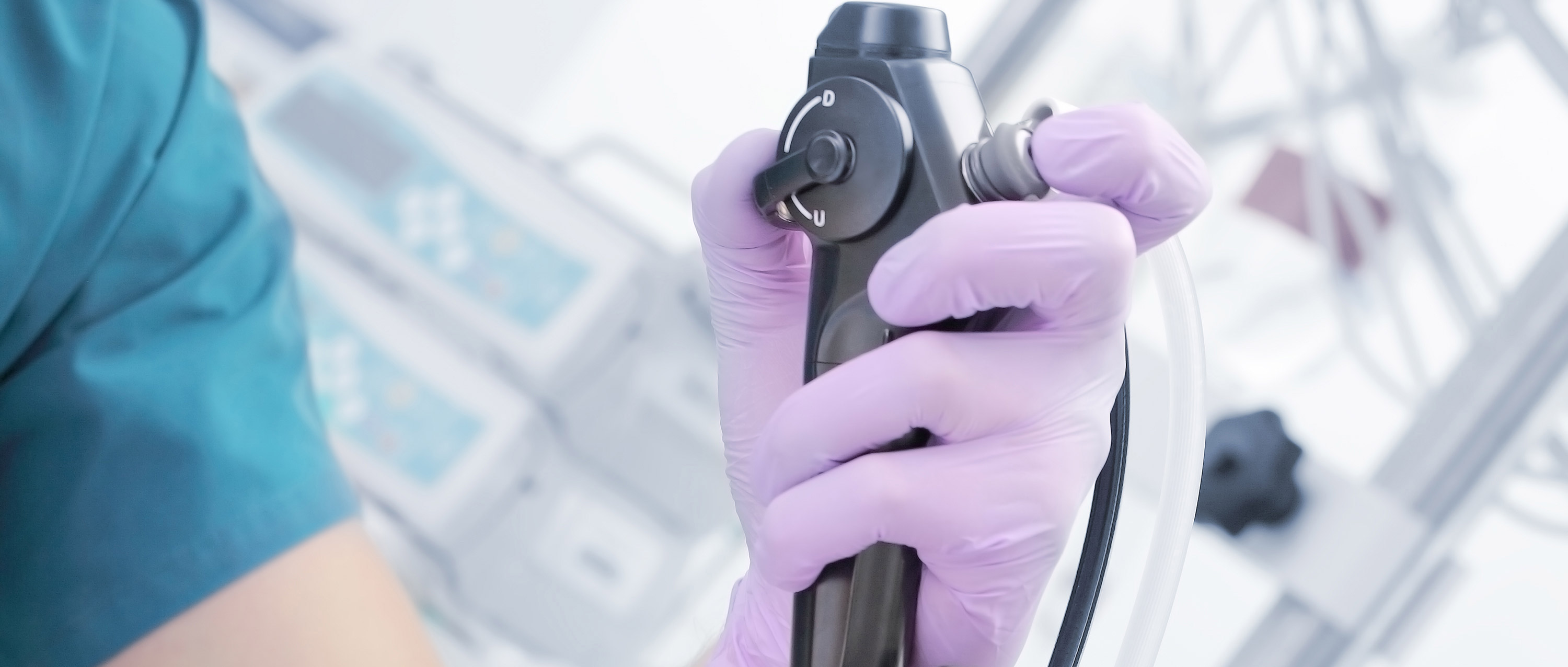
Automated storage cabinets can cut endoscope drying time by hours or even days and help eliminate the transfer of microbes into another patient.
That’s according to UCLA Health clinicians in research published in Gastroenterology & Endoscopy News, which also says that scopes that never thoroughly dry can become recontaminated as they await the next patient. This offers an alternative explanation for infections long blamed on human error in reprocessing, the scientists say.
Internal surfaces of endoscopes remained moist after 24 hours in a standard storage cabinet but were dry within three hours in an automated drying and storage cabinet that used forced air, the researchers found.
Based on research originally published in the American Journal of Infection Control, automated drying cabinets have broad implications for patient safety in the field of endoscopy because they can prevent possible recontamination as tubing sits wet, the authors write.
“We spend a lot of time talking about making sure we clean these scopes properly, but this shows that even if you do everything right, if you fail to get moisture out, there is still a potential for environmental recontamination depending on how the scopes are stored,” Dr. V. Raman Muthusamy, the medical director of endoscopy at UCLA Health, told Gastroenterology & Endoscopy News.
Muthusamy and UCLA researchers had previously found that some clinical practices do no enhanced drying after endoscope reprocessing. A subsequent borescope study found moisture in endoscope channels several days after reprocessing when no forced air drying was done.
Guidelines for reprocessing and drying are at times inconsistent and there is no standard procedure for both drying and storing of endoscopes.
For their study on endoscopy storage, the UCLA researchers used two colonoscopes, two bronchoscopes and two duodenoscopes. Each had been reprocessed using high-level disinfection.
One of each type of endoscope was placed in a standard storage cabinet commonly used across the U.S. The other set was placed in a drying and storage cabinet with forced filtered air.
After 30 minutes, the scopes in both cabinets contained moisture. But after an hour, scopes in the cabinet with forced air had moisture on the outside but none in internal channels. The scopes in the standard drying cabinet contained moisture in the channels and on the outside.
After three hours, scopes in the automated cabinet were dry, while those in the standard cabinet retained moisture in both internal channels and outside surfaces. At the 24-hour point, the outsides of endoscopes in the standard cabinets were dry, but the internal channels remained moist.
For the second part of their study, the researchers introduced Pseudomonas aeruginosa into each type of endoscope after a high-level cleaning and found significantly more organisms grew in those dried in standard cabinets.
“It is becoming increasingly apparent that although human error can play a role, existing protocols for endoscope reprocessing may also be insufficient,” Muthusamy told Gastroenterology & Endoscopy News.
Click here to read the full article.


